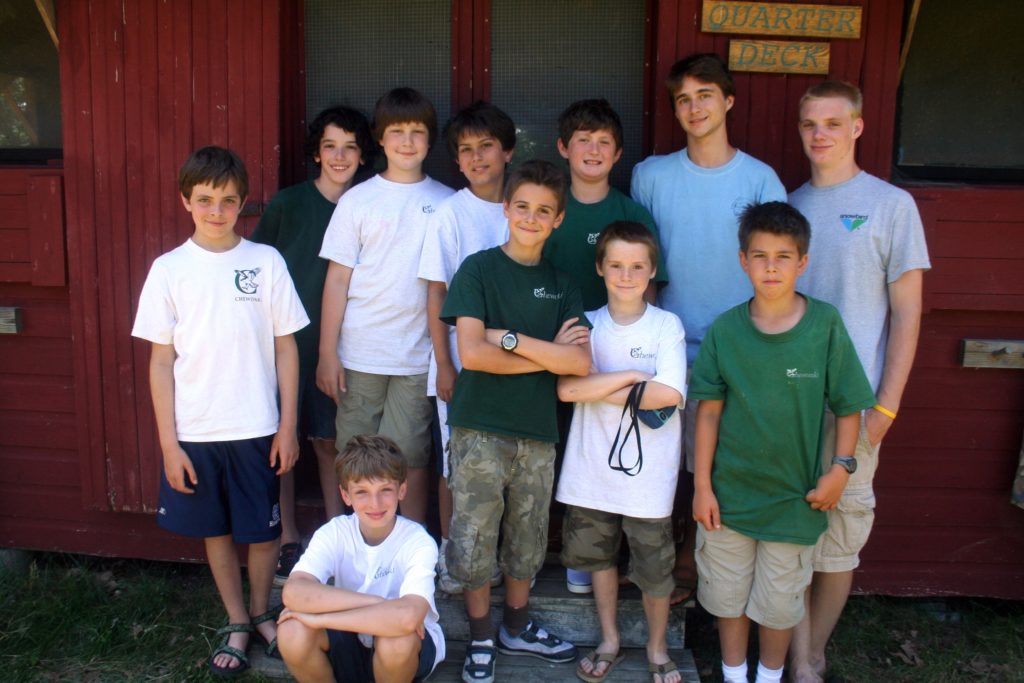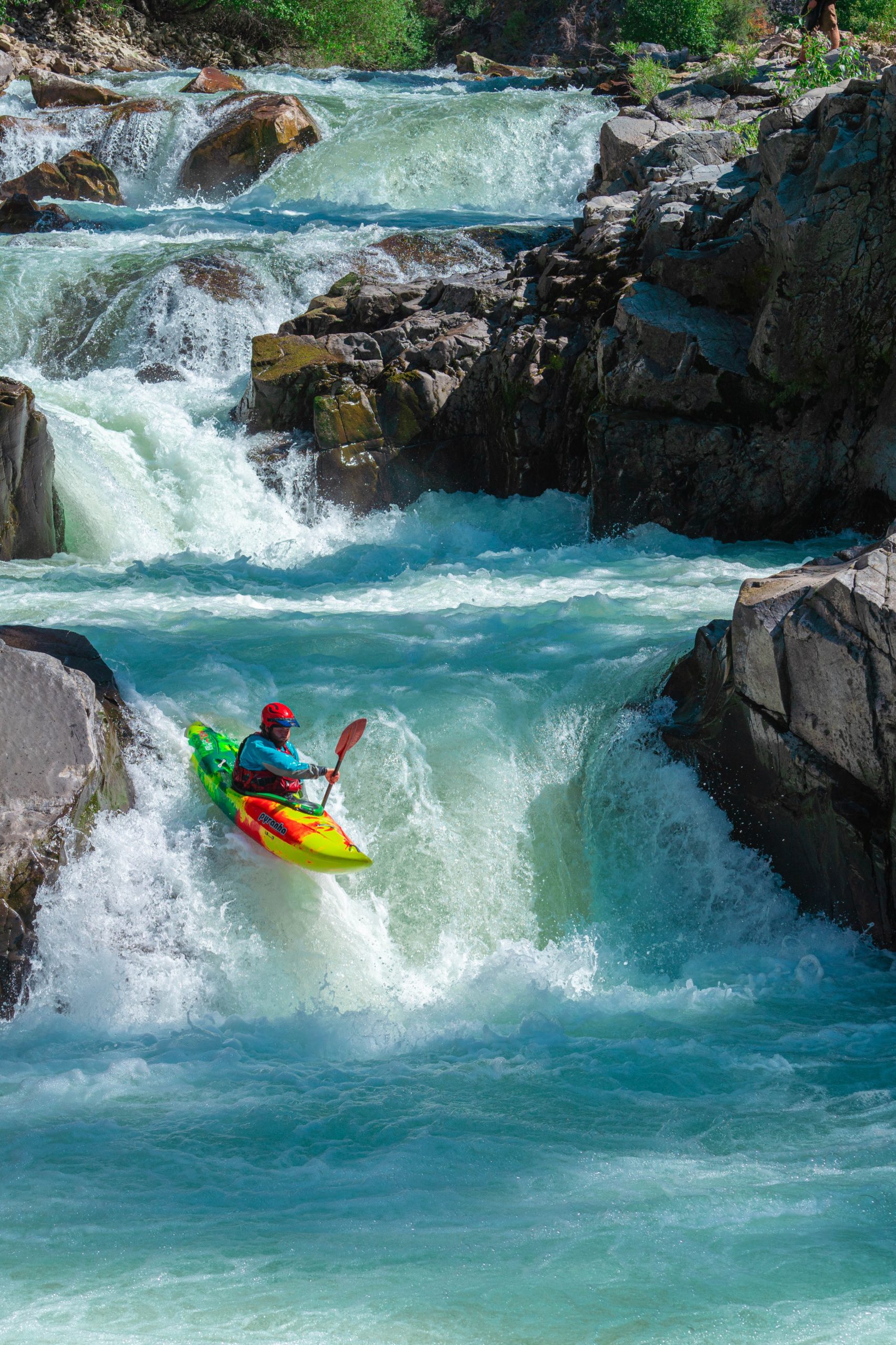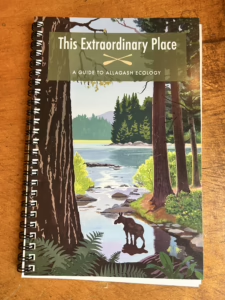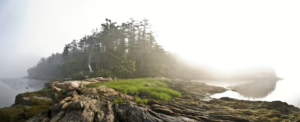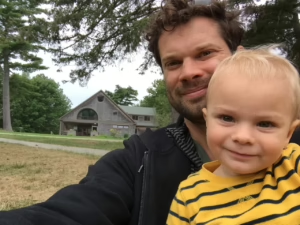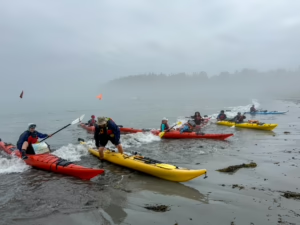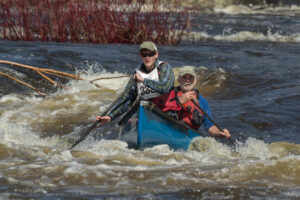“When you’re on the river, problems go away,” says Tom Shwartz, a former Chewonki camper, tripper, and leader. Shwartz was introduced to whitewater kayaking during our Umbagog leadership expedition in 2011. Since then, he’s pursued his passion for rapids all over the Americas, including Oregon, Idaho, and Patagonia, Chile. “The river is always home,” Shwartz says, “even if you’re someplace new.”
Umbagog Whitewater Kayak is a unique Chewonki trip for aspiring paddlers to learn whitewater kayaking and outdoor skills. Campers stay at a base camp in Sunday Cove on Lake Umbagog and travel a short distance to the Rapid River each day for whitewater paddling. Surrounded by a vast area of scenic forest, participants hone both their skills in both flatwater and rapids. The area is home to Smooth Ledge, one of New England’s best kayak surfing spots, as well as loons, bald eagles, osprey, and moose.

“Chewonki gave me the comfort and ability to get outdoors,” says Shwartz. “It showed me these places existed.” He returned to Maine the following summer for the Northeast Rivers expedition to scratch his newfound whitewater itch. The trip gave him the chance to paddle Maine’s most well-known inland water bodies, including the Penobscot and Allagash Rivers. On the Gatineau River in Quebec, Shwartz fondly recalls days spent practicing kayak techniques just downstream from a French Canadian electronic music festival. “It was a blast,” he says.
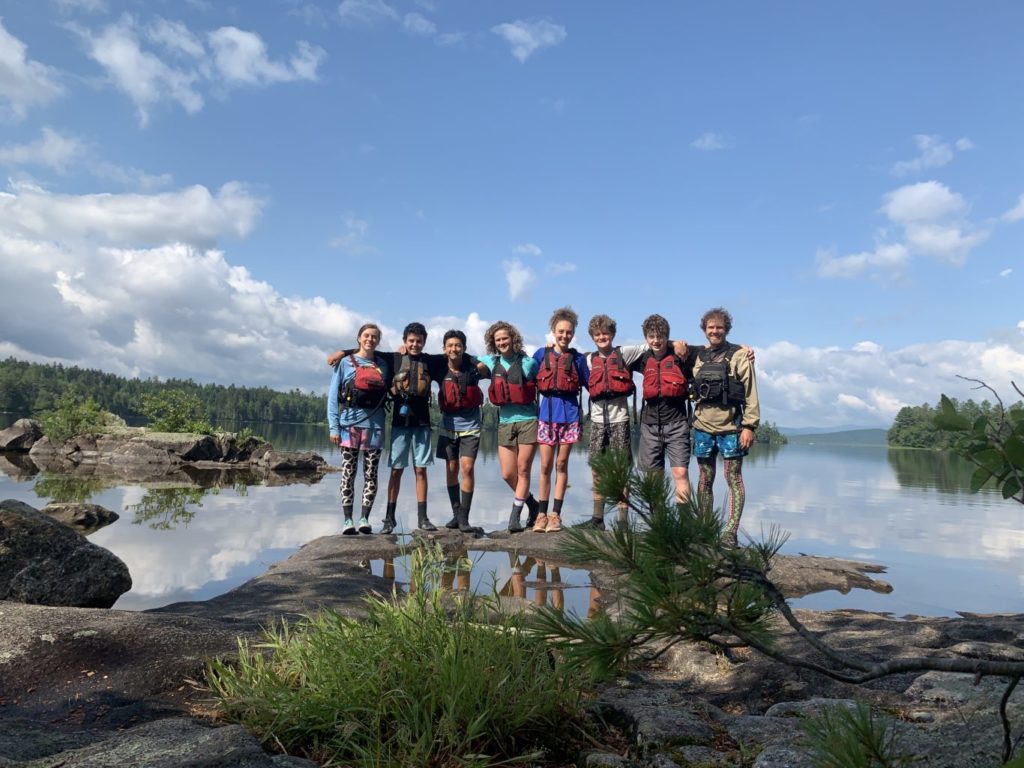
Shwartz’s penchant for paddling brought him to South America next. As a senior in high school, he attended Kayak Semester in Patagonia, Chile. Participants complete their high school requirements while attaining their whitewater guide certification – all while paddling in world-class rapids. Shwartz returned to Chewonki soon after as a cabin leader.
Now, a 24-year old graduate from Lewis and Clark College, Shwartz says that access to whitewater factors into most of his major decision-making. “I went to school in Oregon because there’s great whitewater kayaking there,” he says. Every school break and vacation is another opportunity to paddle.
“Kayaking is a great way to see the outdoors,” says Shwartz. “There’s no other way to see some of these places than by water.” It also requires focus and intention. “I’m a happier and healthier individual when I kayak,” he says. “I’ll go an entire day without looking at a screen.”
His interest in whitewater kayaking has also helped Shwartz find community wherever he goes. “It’s a team sport,” he says, “your friends are your safety.” When visiting a new place, Shwartz connects with other paddlers via Facebook and other message boards.
“It was a struggle, especially when I was younger,” says Shwartz, “but growing out of my teenage awkwardness helped a lot.” He’s grown to appreciate the bond that’s created by sharing the experience. “We might paddle for hours without talking, but you also cheer each other on and share skills.”
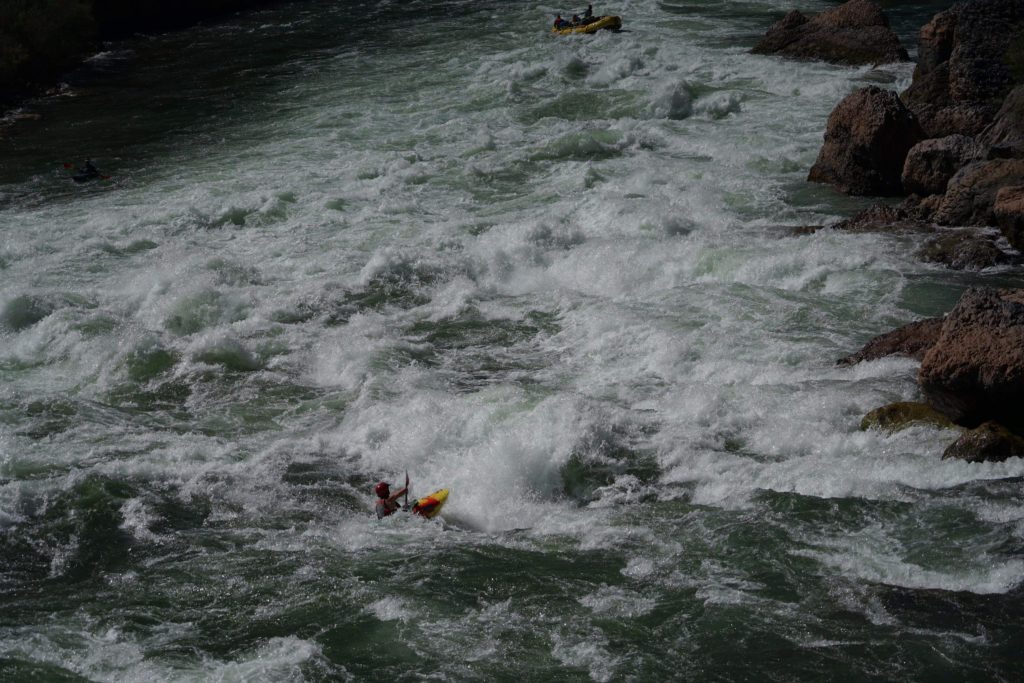
Shwartz is also attracted to whitewater kayaking culture. “There’s a whole lifestyle built around it,” he says, and the community is small enough that he can almost always find a connection. He’s even been followed by other paddlers who notice the whitewater kayak on his car. “One guy followed me off the highway, just because he hadn’t seen any whitewater kayakers for a snap and wanted to talk.”
Shwartz’s love for kayaking hasn’t been affected by the pandemic. If anything, he’s had more opportunities to get out on the water. “It’s perfect because it’s a secluded, outdoor activity,” he says. When his post-graduation tech internship got canceled, he was able to find another gig guiding paddling trips, which he’d like to continue pursuing professionally.
Next, though, Shwartz wants to get into rafting. “Everything you can do in a kayak you can do in a raft,” he says, “but it’s glamping when you have a raft. It’s a barge.” While kayakers can only stow a small amount of gear, rafters can pack for multi-day river trips, no problem. Perfect for someone who can’t get enough of the river.
